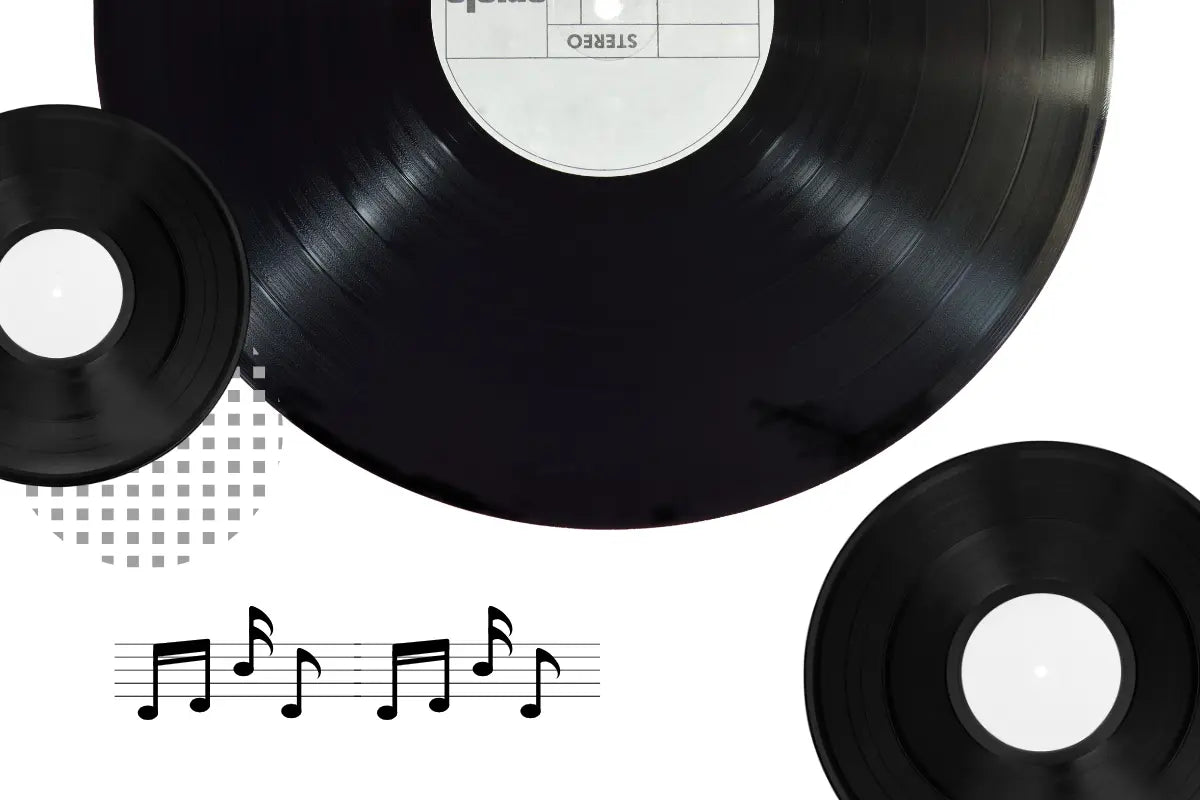Vinyl records have a rich history that attracts many music lovers because of their warm sound and unique charm. Collecting these treasures creates a special bond with the music that digital formats cannot replicate. The physicality of holding a record and admiring its large, detailed album art adds an extra layer of enjoyment. This tactile experience appeals to enthusiasts and vinyl for beginners just discovering the magic of analog sound. The journey of building a collection is filled with exciting discoveries and personal connections that make each record an irreplaceable piece of musical history.
Getting Started: How to Start a Record Collection
Setting Your Collection Goals
It is essential to decide what genres and eras of music resonate with you and form the foundation of your collection. By mapping out a plan and establishing a budget, you can carefully curate each addition to your library in a thoughtful and informed way. This process is essential when learning how to start a record collection as it lays the groundwork for a rewarding hobby that continuously evolves with your growing musical preferences.
Must-Have Vinyl Records
As you take your first steps into the realm of vinyl collecting, identify a selection of essential albums that reflect the core of your musical taste and historical milestones. These initial choices provide a solid base for your collection and serve as conversation starters with fellow enthusiasts. By focusing on well-regarded releases and seminal works, you can build a resilient library of timeless pieces that complement your personal style. Selecting the right pieces early on means knowing which albums qualify as a must-have vinyl record display.

Understanding Vinyl for Beginners
Gaining a solid understanding of record formats and the pressing process is key to appreciating the nuances of each release. Many collectors start with familiar formats and explore the details that differentiate early pressings from reissues, which can impact both sound quality and value. By learning the medium's basic terminology and technical aspects, you enhance your ability to assess what you are purchasing. For instance, distinguishing between a standard edition and a rare vinyl LP enriches your decision-making process, ensuring you make informed choices as your collection grows.
Exploring Top Vinyl Albums Across Genres
This exploration introduces you to influential artists and landmark recordings and encourages experimentation with different sounds and cultures. By sampling various genres, you learn more about the evolution of music and discover hidden gems that might become central pieces in your collection. Whether you prefer rock, jazz, classical, or electronic music, setting aside time to research and listen to influential releases will help you identify the best selections, such as the revered top vinyl albums that have shaped music history.
Where to Find Vinyl Record Buyers
Choosing the Right Online Record Store
Finding the perfect website for your vinyl journey is a crucial step when expanding your collection, and knowing where to look can make all the difference. A dedicated online record store offers a wide range of albums, expert reviews, and customer support to help you make informed decisions. It should feature clear photos, detailed descriptions, and an easy-to-navigate layout.
Tips for Spotting Authentic and Quality Pressings
Navigating the world of vinyl collecting requires a keen eye for detail and a deep understanding of what constitutes an authentic, high-quality pressing. Here are key tips:
- Check Labels: Start by closely scrutinizing the printed text on the label for any irregularities, such as spelling errors, unusual fonts, or formatting that deviates from what is known about the artist or pressing plant. Authentic pressings typically adhere to strict design standards established by the record company, so any deviations may indicate a counterfeit or misprint. Also, compare the label with high-quality images from trusted sources or previous pressings from the same release; even subtle differences in the alignment or placement of text and logos can be a red flag. It’s also important to note the quality of the printing—vivid, consistent ink without smudges or faded areas is a good indicator of an authentic release. Look for accurate reproduction of trademark symbols, catalog numbers, and production details, as these elements are meticulously controlled in genuine pressings. Beyond the visual inspection, consider the tactile feel of the label; a label that appears overly glossy or rough might suggest a reprint or poor-quality materials.
- Inspect Covers: The cover art and overall design of a vinyl record serve as a visual representation of its era and production quality, making it a crucial factor in verifying authenticity. Carefully assess the artwork for clarity, color fidelity, and alignment; high-quality pressings will display images with precise detail and consistency that reflect the original design intentions of the artist and label. Examine the printing techniques used—offset printing or a digital reproduction—and look for signs of proper registration and color balance. Any visible distortions, pixelation, or misprints can indicate a counterfeit pressing or a reissue that lacks the quality of the original. Additionally, consider the materials used for the cover itself; genuine releases often utilize durable, high-grade paper or cardboard, and the finish should feel smooth and consistent across the entire surface. Pay attention to additional elements such as inserts, booklets, or liner notes that accompany the record, as these ancillary materials are typically produced with the same quality control level and can further confirm authenticity. If possible, compare the cover with known examples from reputable sources or previous collections to spot any subtle differences in layout, typography, or imagery.
- Review Pressing Info: The technical details printed on or associated with a record, such as catalog numbers and information about the vinyl pressing plant, are critical markers of authenticity. Locate the catalog number on the label or cover, which should correspond exactly to the official release information provided by the record company. To ensure consistency, cross-reference this number with trusted databases, discographies, or the record company’s official website. Knowledge of pressing plants is equally important; authentic pressings are often produced at specific facilities known for their quality control and adherence to strict manufacturing standards. By researching the reputation and history of the pressing plant listed on your record, you can gain valuable insights into the expected quality and characteristics of the pressing. Variations in pressing details, such as the use of alternative plant codes or changes in catalog number formats, might suggest a reissue, bootleg, or counterfeit product. Additionally, examine any associated codes, dates, or batch numbers that might be present, as these can further confirm the record’s provenance. Look for documentation or printed materials that came with the record, as genuine releases often include liner notes or production credits that reference the pressing plant and the production run.
- Assess Vinyl Condition: Visually and tactically inspect the surface of the record for any signs of scratches, scuffs, or abrasions that could affect sound quality. Look closely for warps or bends, particularly along the edges and inner grooves, as these can lead to uneven playback and increased wear over time. Use a bright light and a magnifying glass to identify any surface marks that might not be immediately visible to the naked eye. The overall condition of the vinyl should match the description provided by the seller, and any discrepancies should prompt further inquiry. In addition to surface imperfections, evaluate the record’s weight and thickness; higher quality pressings often have a heft that indicates superior materials and manufacturing processes. Listen for any unwanted noise or skipping during a brief test play, as this can be a clear sign of damage that isn’t visible on the surface. Documenting these observations can be helpful if you need to compare multiple copies or negotiate with the seller.
With each detailed examination, you protect your collection from counterfeits and subpar products and ensure that every record you acquire enriches your auditory journey and celebrates the timeless medium of vinyl.
Navigating Vinyl Deals and Limited Editions
Delving into exclusive releases can add an exciting twist to your collecting adventure, as many collectors enjoy the thrill of finding that rare gem at a fair price. Special promotions, bundle offers, and limited edition releases are a great way to acquire a unique custom vinyl record that stands out from mass-market editions. Researching the history and rarity of these editions can pay off, as each special pressing carries a story and often increases in value over time.

Exploring Secondary Markets
This space is ideal for finding unique items and hard-to-find gems, and for those who want to sell vinyl records with confidence. Many dedicated platforms allow enthusiasts to connect directly, offering opportunities to purchase and trade vinyl records online. With honest user reviews and transparent seller profiles, you can navigate this market with ease while enjoying the excitement of discovery. Such an environment nurtures a vibrant community where collectors exchange tips and insights.
Proper Storage and Care for Your Vinyl Collection
How to Store Vinyl Safely
Maintaining a cool, dry environment while avoiding direct sunlight and high humidity levels that can damage the vinyl surface is important. Keeping your records away from extreme temperature fluctuations reduces the risk of warping and other long-term issues. It not only safeguards the sound quality but also extends the lifespan of each album, allowing you to enjoy your collection for years to come.
Choosing the Best Vinyl Crate and Shelving Solutions
Organizing your collection with practical storage solutions plays a significant role in both accessibility and protection, and finding the right vinyl crate and shelving system is a crucial part of this process. Consider storage options that offer sturdy construction and proper cushioning to avoid physical damage to the record covers and vinyl itself. Thoughtful organization creates an attractive display and ensures that every record is kept optimally.
Handling Tips to Preserve Records
Caring for your vinyl collection is a dedicated practice that goes beyond simply playing records; it is about preserving the integrity, sound, and appearance of these cherished pieces of musical art. Here are the best methods:
- Use a Soft Brush: A gentle, high-quality brush designed specifically for vinyl can effectively dislodge loose dust and lint without damaging the record’s surface. Before every play, lightly brushing the record helps to clear away debris that could cause unwanted noise or interfere with the stylus tracking, ensuring a pristine listening experience. After playing, a quick brush-down helps to remove any additional dust that may have settled during handling. This preventive measure is essential because even microscopic particles can lead to degradation in sound quality by creating pops and clicks during playback. Moreover, regular brushing minimizes the need for more aggressive cleaning methods that might risk damaging the record’s finish. The act of brushing should be done in a controlled environment where static electricity is minimized, as static can attract more dust. O
- Handle by Edges: One of the most effective techniques is to always hold records by their edges or by the outer rim, thereby avoiding any direct contact with the grooves. When your fingers touch the grooves, natural oils and moisture can be transferred onto the surface, leading to a buildup that not only detracts from the visual appeal of the record but also interferes with the needle’s ability to track the audio signal accurately. Handling records solely by the edges minimizes this risk, keeping the grooves free of contaminants that might cause distortion or unwanted background noise during playback. It is advisable to carefully remove records from their sleeves using clean hands or even gloves if necessary, particularly when dealing with rare or highly valued items. This careful handling approach also reduces the likelihood of accidental scratches or pressure marks, which can occur if the record is mishandled or dropped.
- Deep Clean Periodically: While regular dusting with a soft brush is important, there comes a time when your records require a deeper cleaning to remove stubborn residues that accumulate with repeated use. Periodically, it is beneficial to employ specialized record cleaning solutions designed to break down and eliminate dirt, oils, and other contaminants that may have settled into the grooves over extended periods. When used correctly, these solutions can revitalize your records, enhancing sound quality and visual clarity. The process typically involves applying a small cleaning solution to a microfiber cloth or a dedicated record cleaning brush, then gently wiping the surface in circular motions to ensure even coverage. For records with heavy buildup, you might consider a more intensive cleaning method, such as a record cleaning machine, which can provide a thorough, automated clean that reaches deep into the grooves. The key is to follow the manufacturer’s instructions carefully to avoid over-saturating the vinyl or causing any chemical damage.
- Store After Cleaning: Immediately returning records to their sleeves after cleaning protects them from reaccumulated dust, fingerprints, and environmental contaminants that can compromise their condition over time. Quality record sleeves, ideally made from anti-static materials, create a barrier that minimizes exposure to harmful elements and prevents scratches during handling. Ensure that each record is fully dry before placing it back into its sleeve, as residual moisture can lead to mold growth or cause the paper to stick to the vinyl surface.
Embrace these tips as a part of your routine to ensure that your musical treasures remain a vibrant and enduring part of your life.

Highlighting the most unique and meaningful records in your collection can transform your space into a curated exhibit of cherished memories and musical milestones. By integrating select display cases or custom stands, you emphasize those albums that hold special significance or are particularly rare finds. This process of careful curation also benefits from expert vinyl collection advice that helps you understand which pieces will appreciate in value over time. Presenting a diverse music vinyl collection invites guests to experience the evolution of sound, making your display visually appealing and a rich narrative of your lifelong musical adventure.
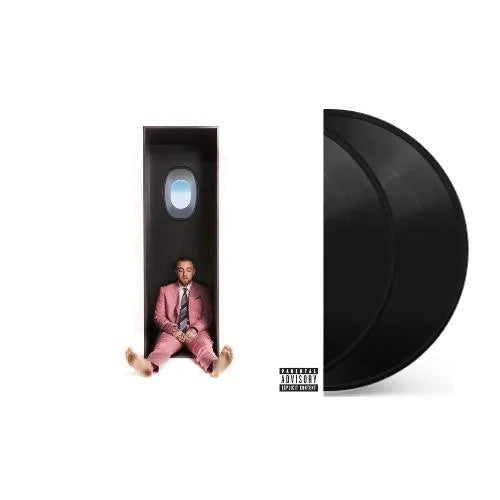
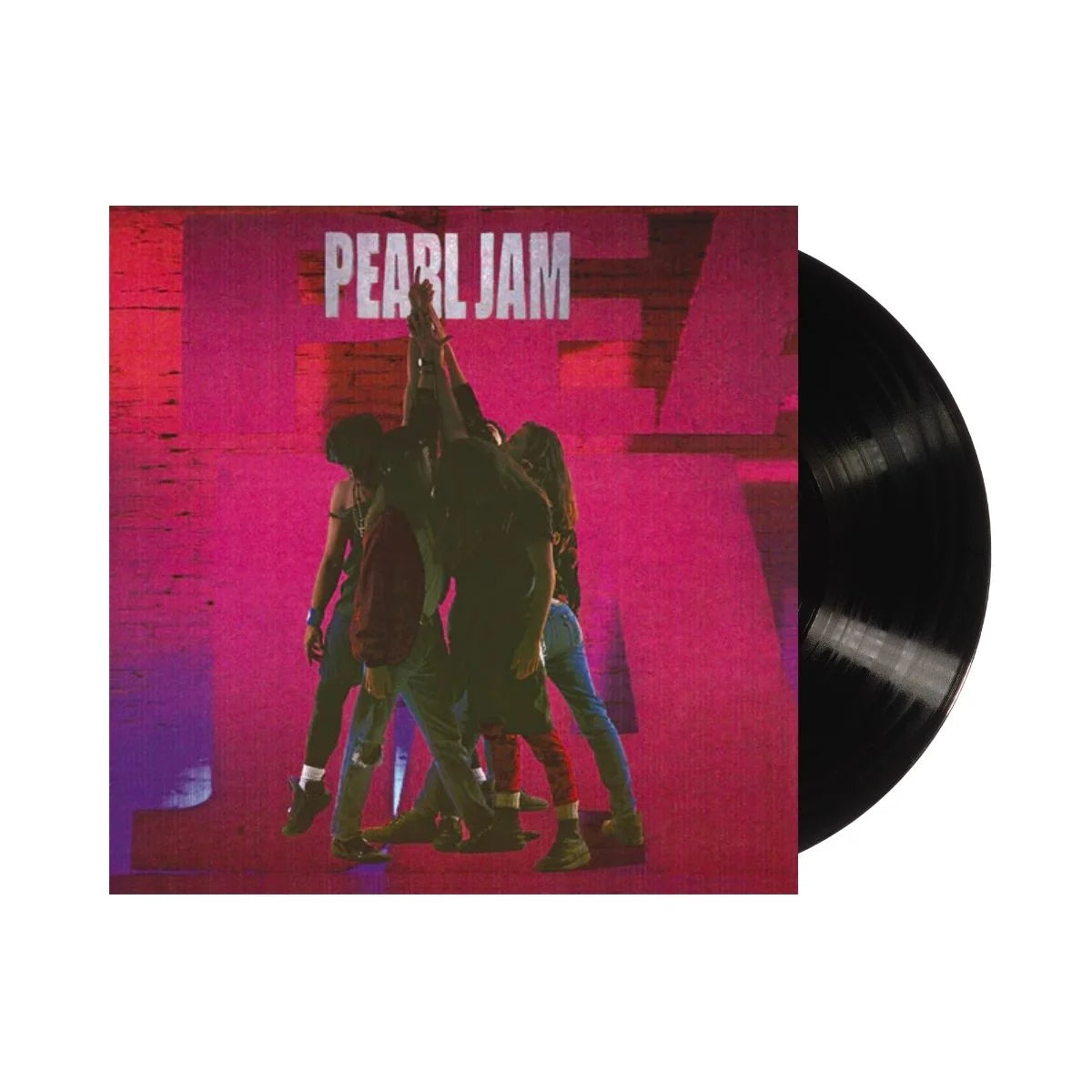
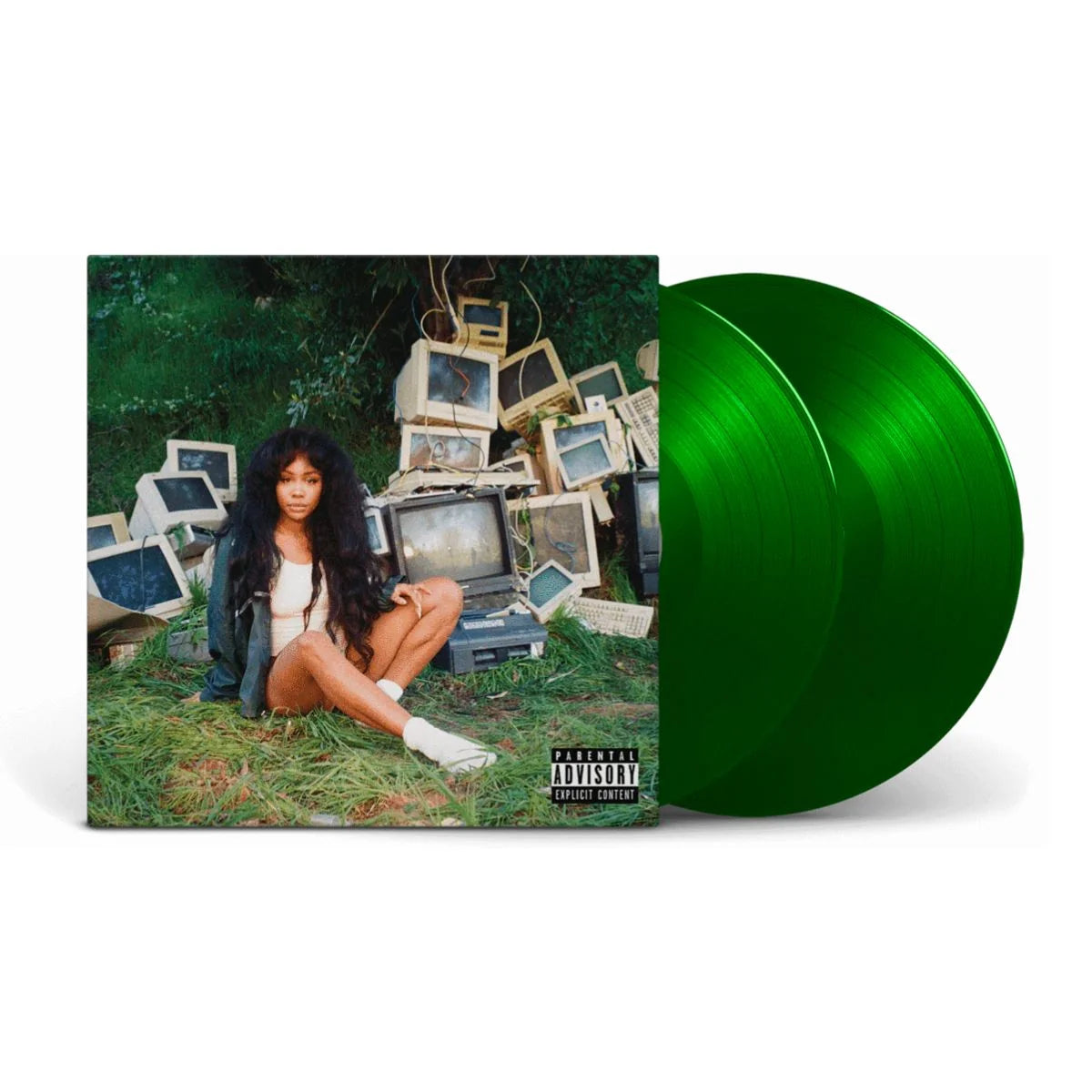
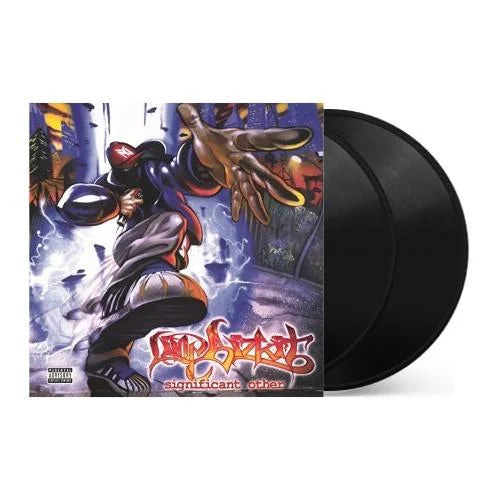
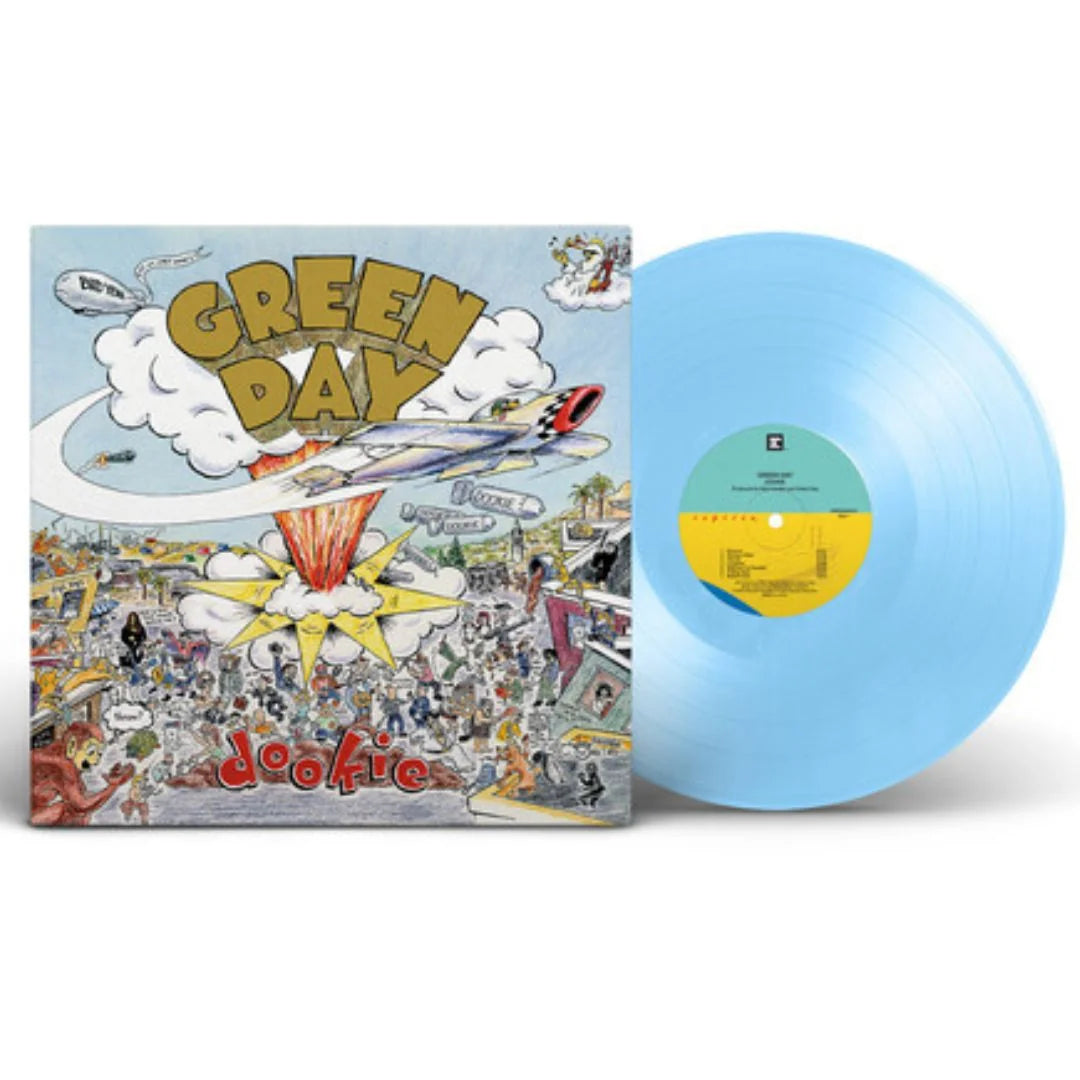
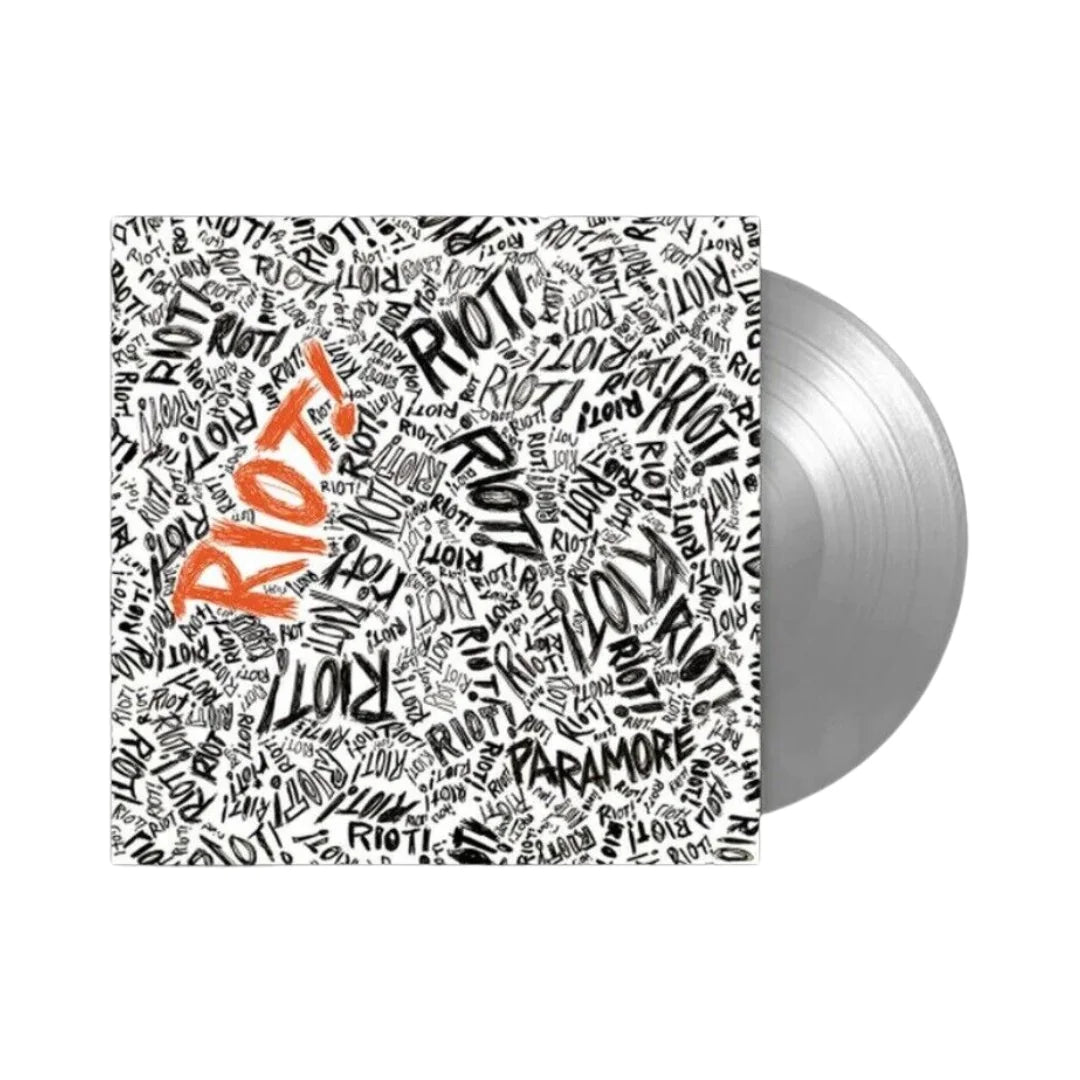
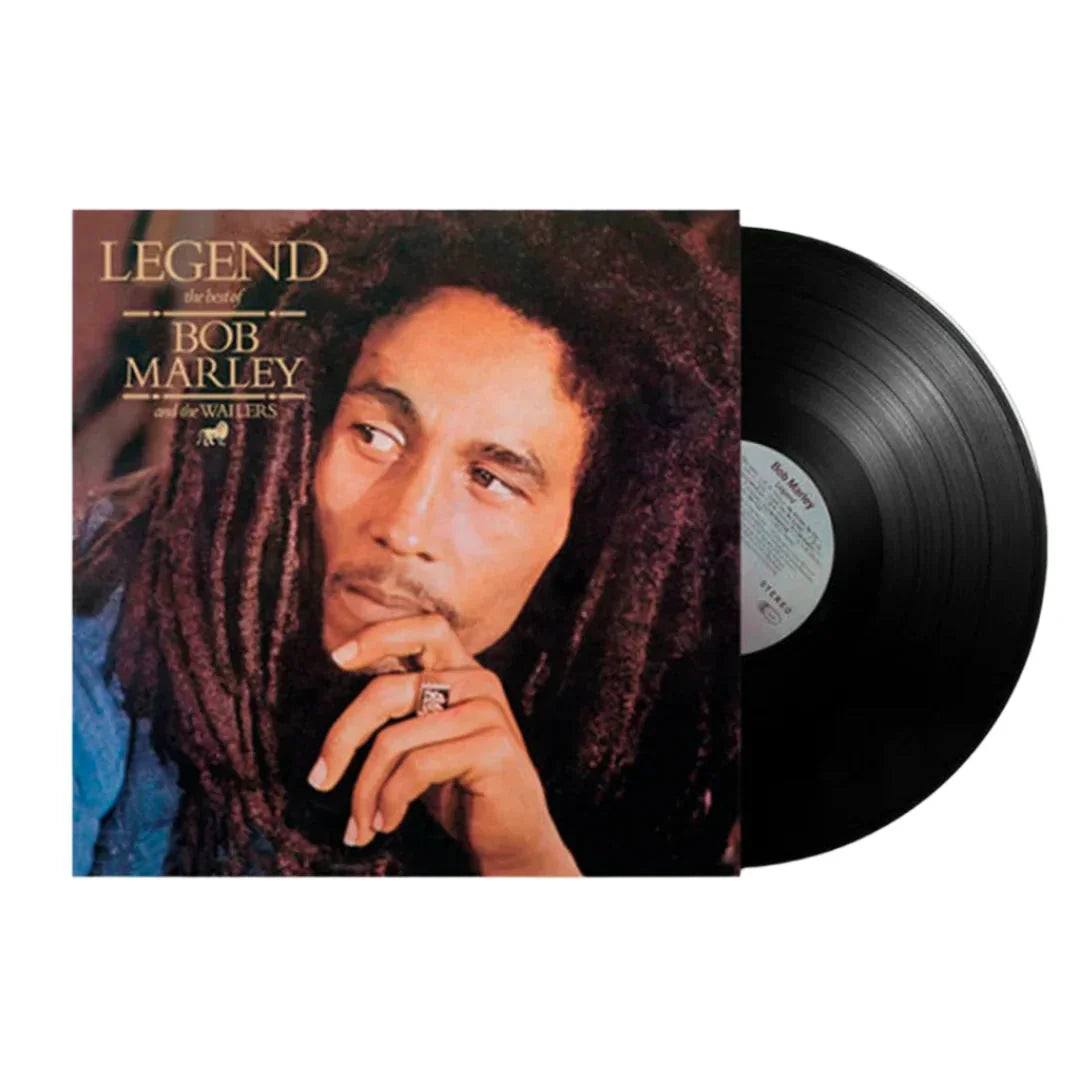
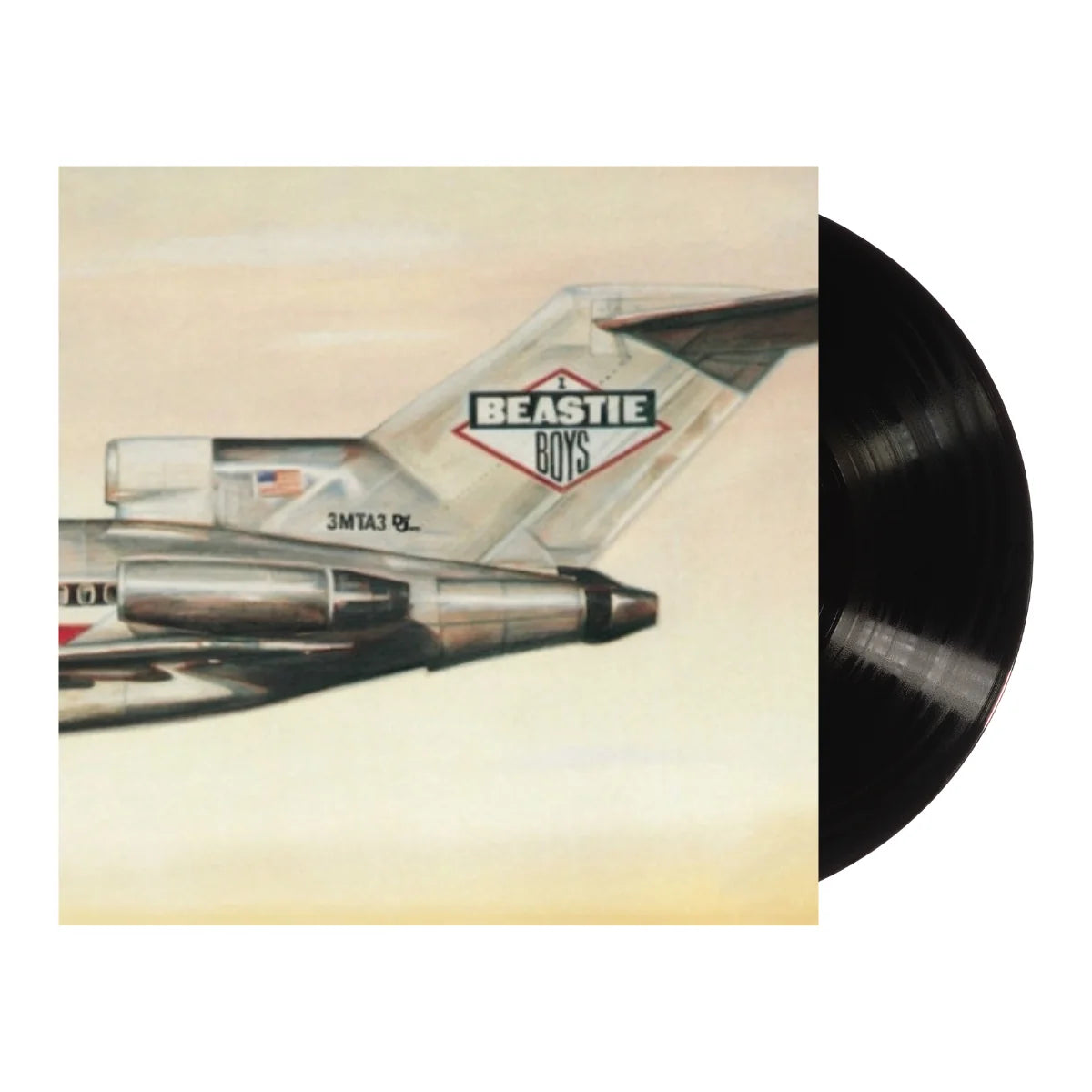
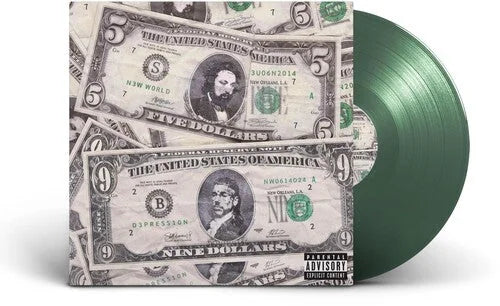
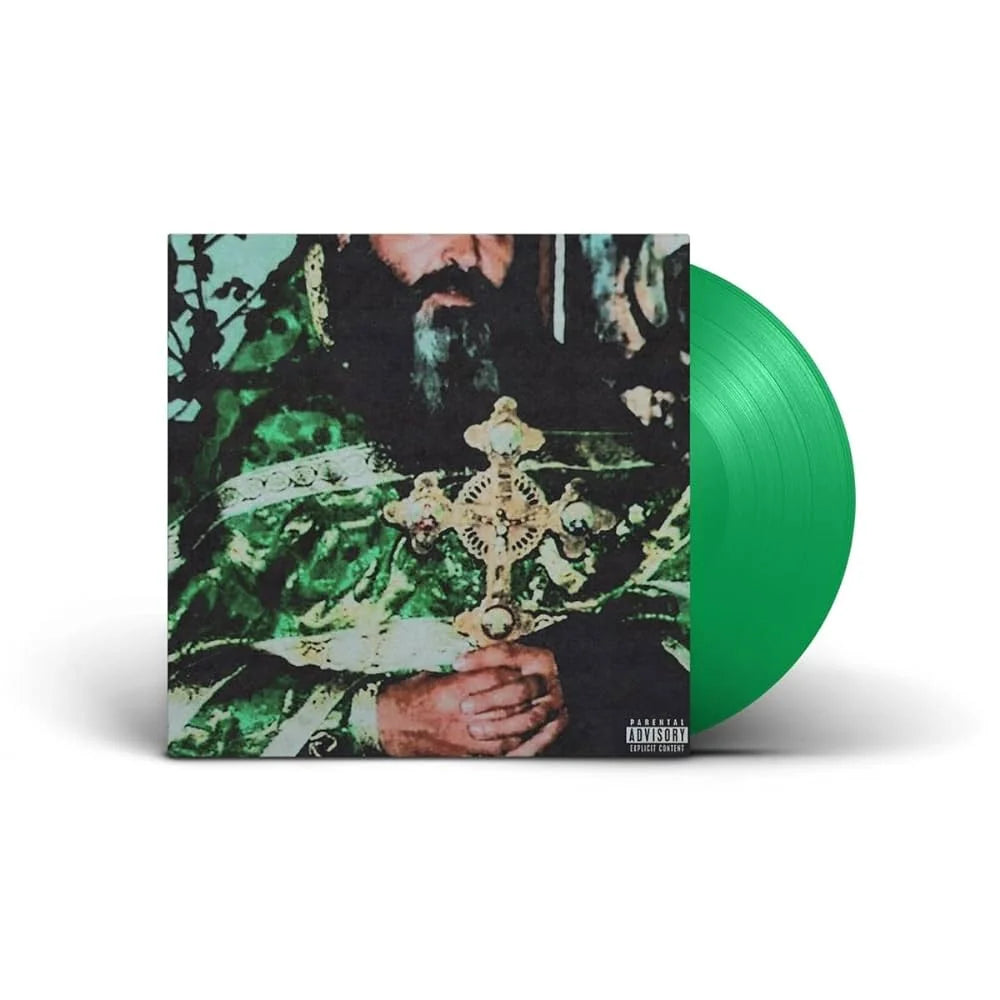
![$Uicideboy$ - Thy Kingdom Come [Clear]](http://vinyl.com/cdn/shop/files/4435583-3407920.jpg?v=1754460746&width=5760)
![(hed) p.e. - New And Improved [Pink]](http://vinyl.com/cdn/shop/files/4425252-3389420.jpg?v=1746578880&width=5760)



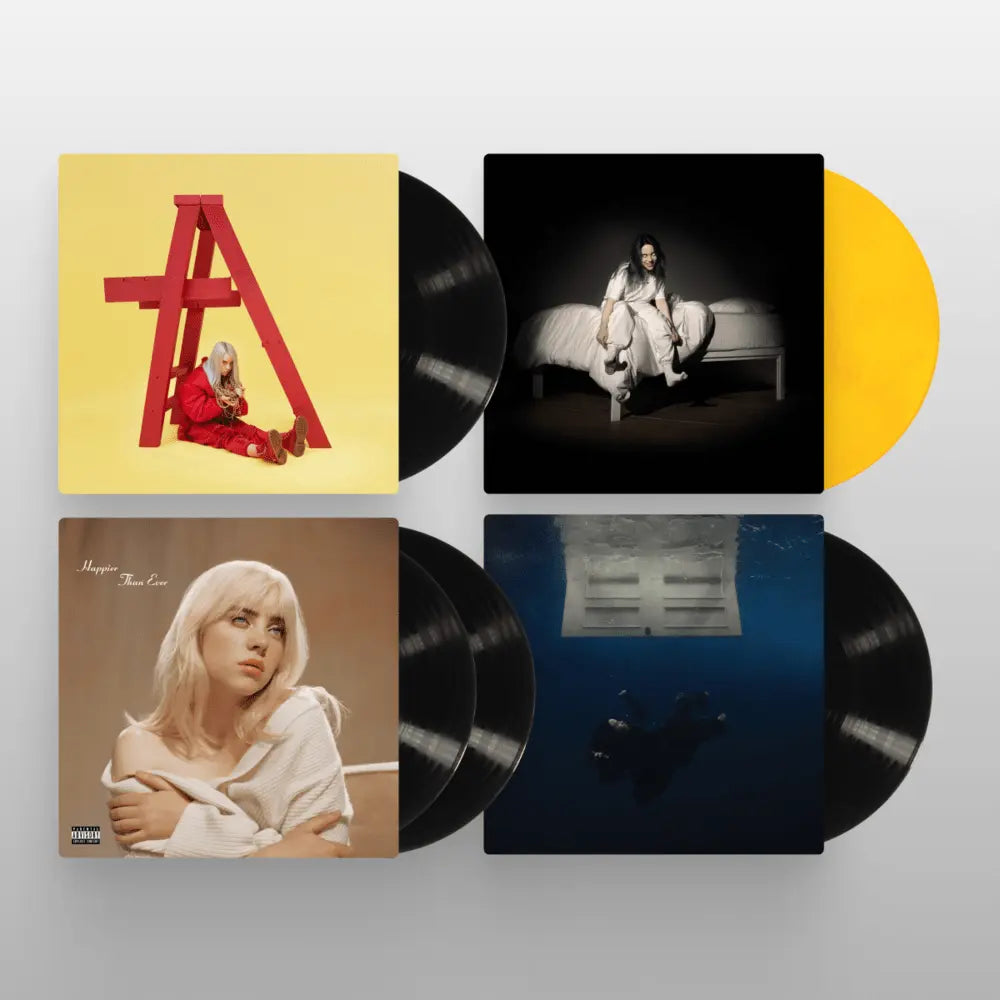
![The Grateful Dead - The Music Never Stopped [6LP Box Set]](http://vinyl.com/cdn/shop/files/The_Grateful_Dead-The_Music_Never_Stopped__6LP_Box_Set.jpg?v=1747729623&width=5760)
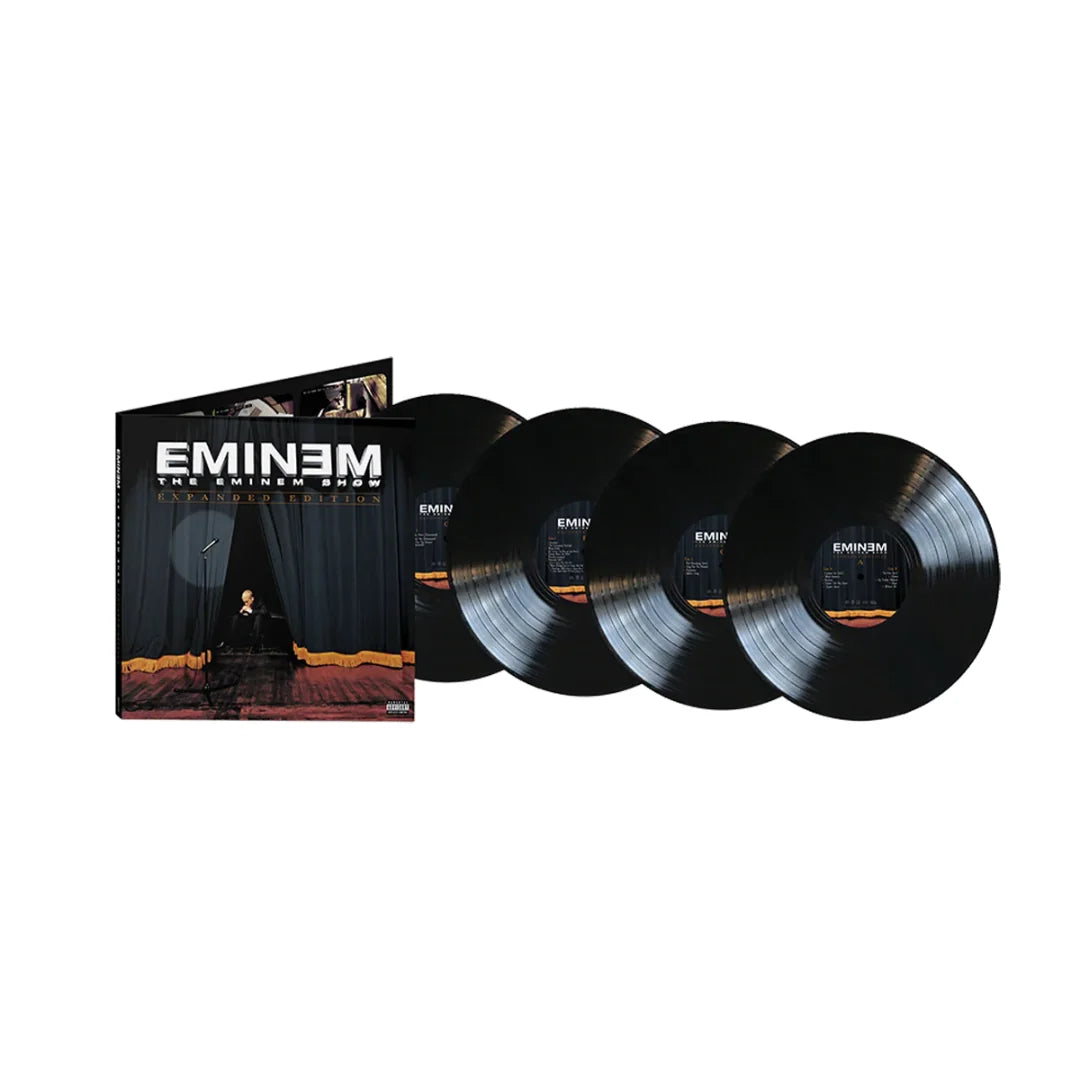
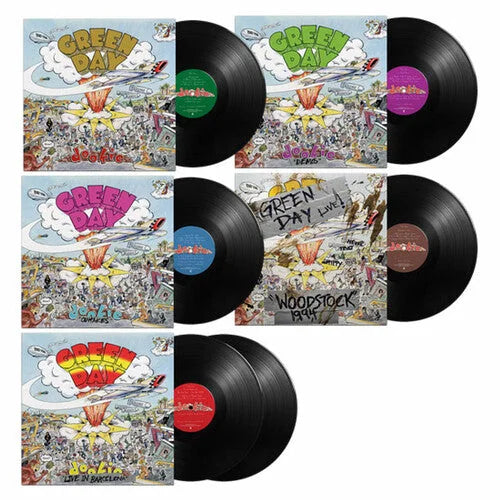
![Fleetwood Mac - Fleetwood Mac 1975 To 1987 [Clear 6LP Box Set]](http://vinyl.com/cdn/shop/files/2RHILP81833__61378.jpg?v=1743391443&width=5760)

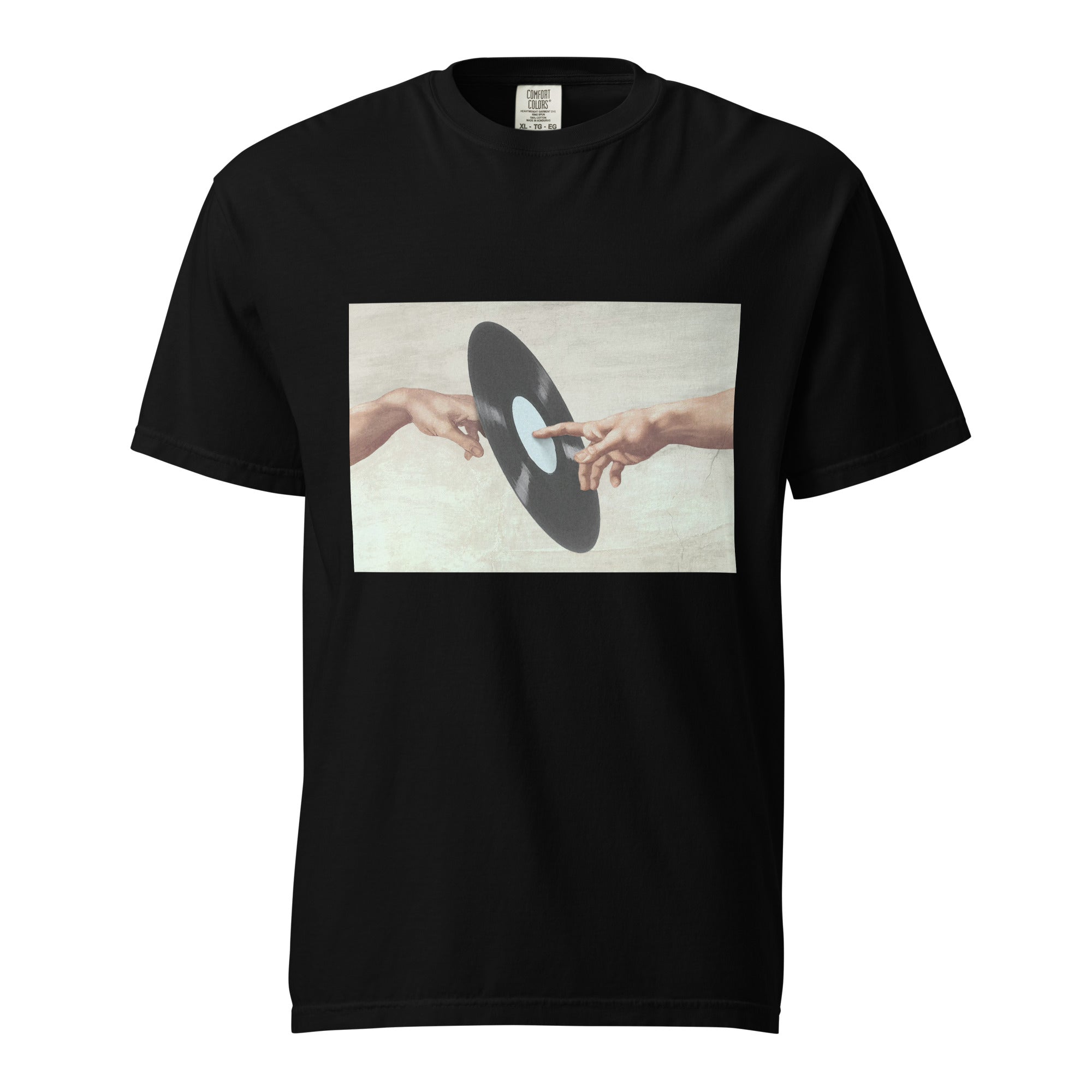
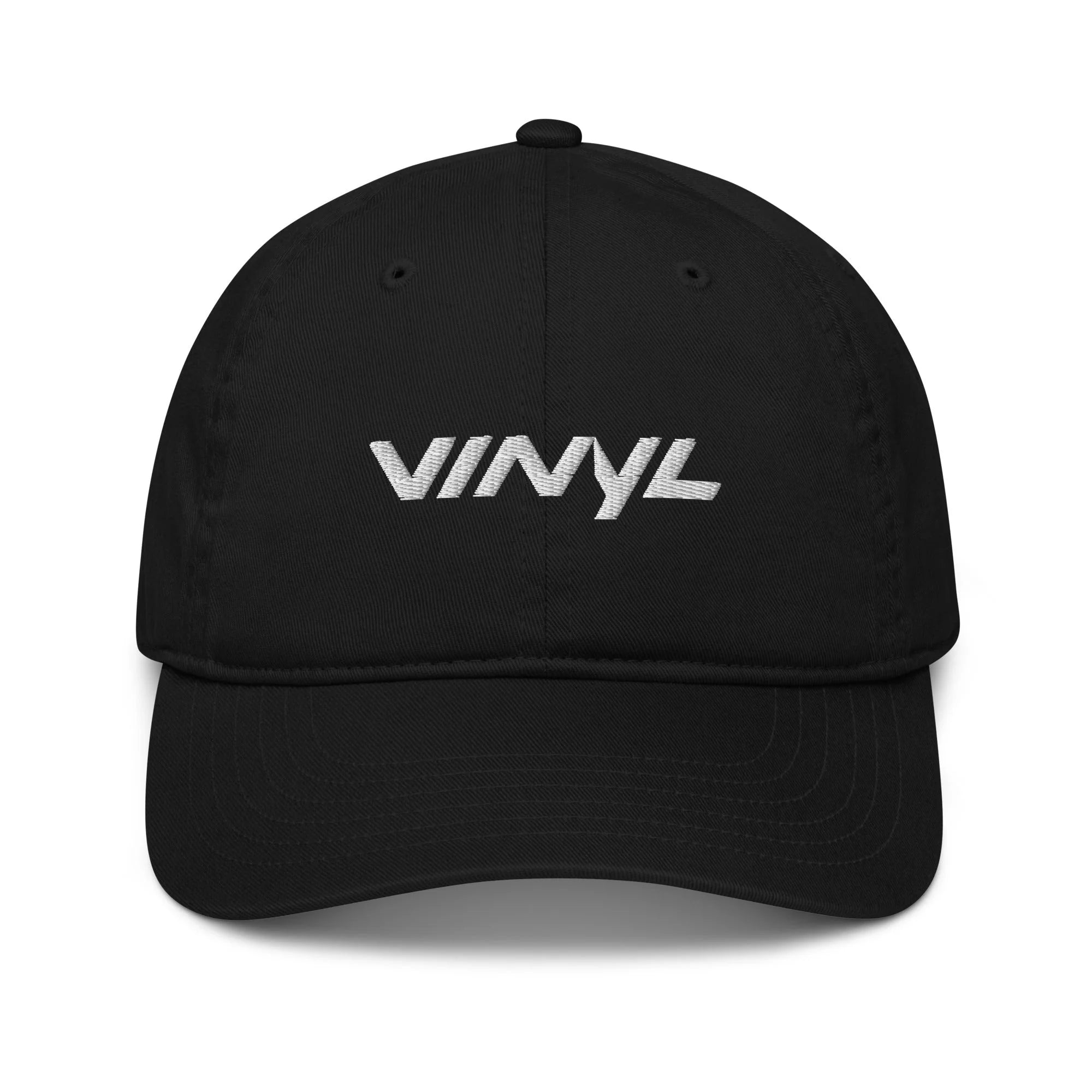

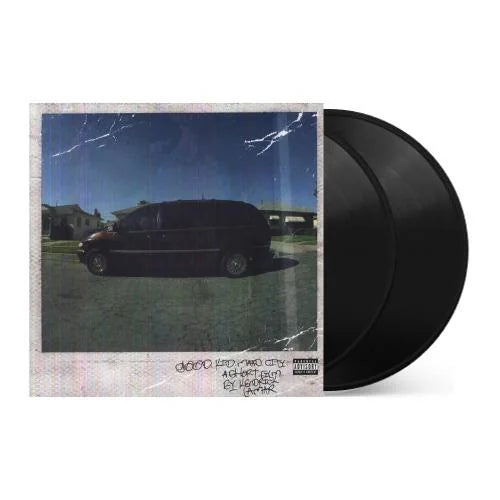
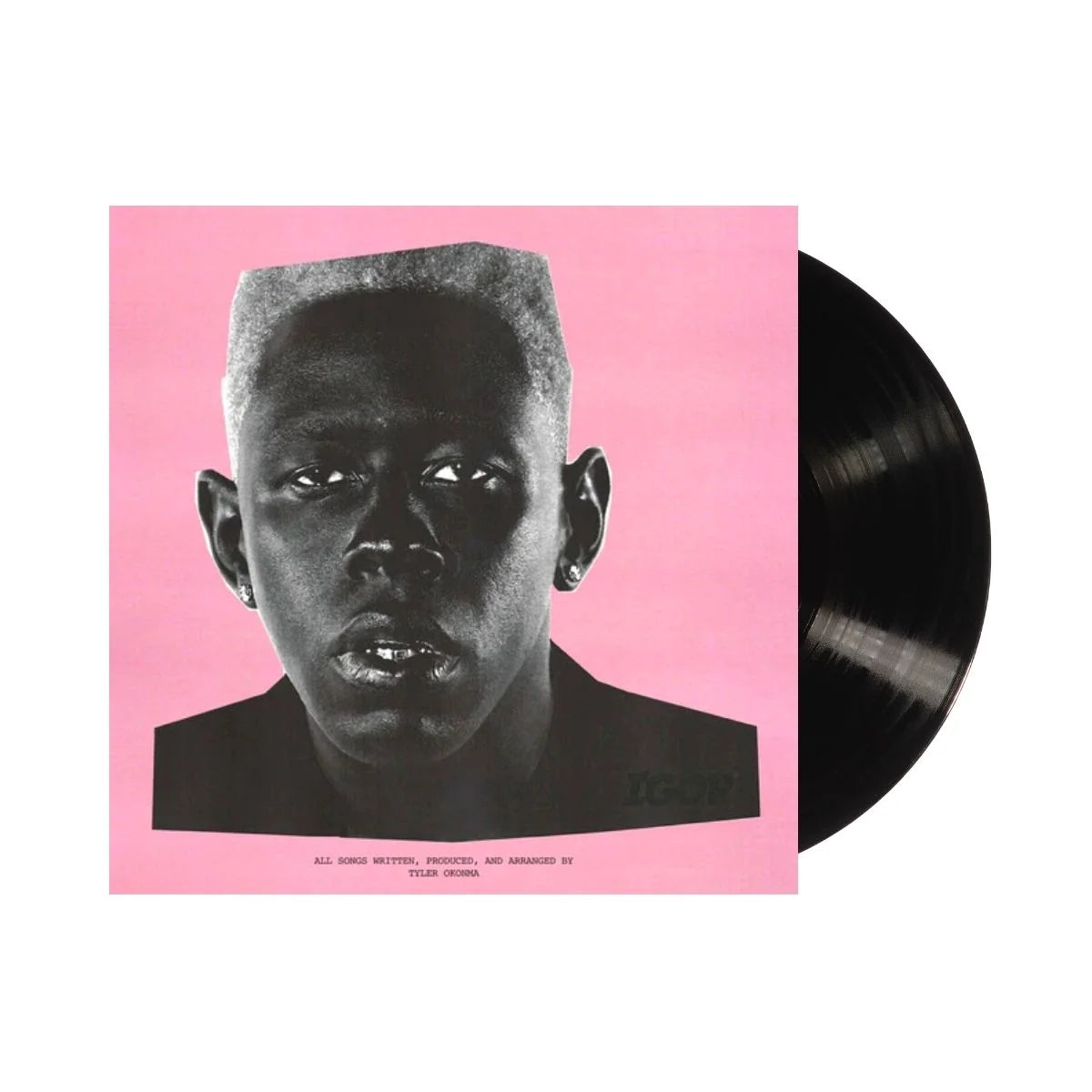
![Taylor Swift - 1989 (Taylor's Version) [2LP Crystal Skies Blue]](http://vinyl.com/cdn/shop/files/taylor_swift_1989_taylors_version.jpg?v=1734389117&width=5760)
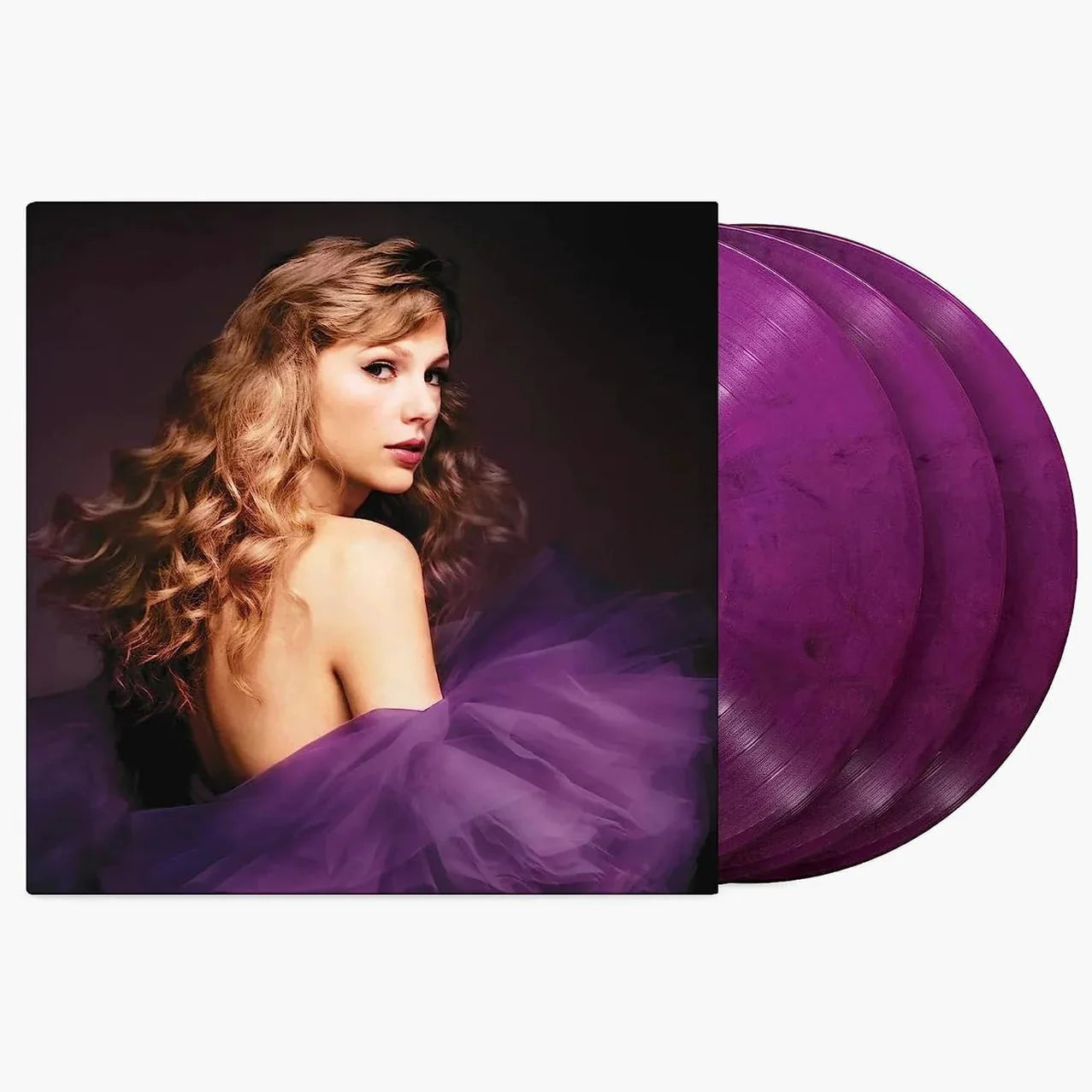
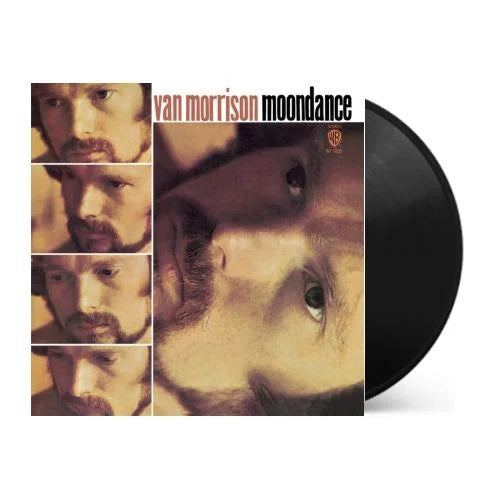
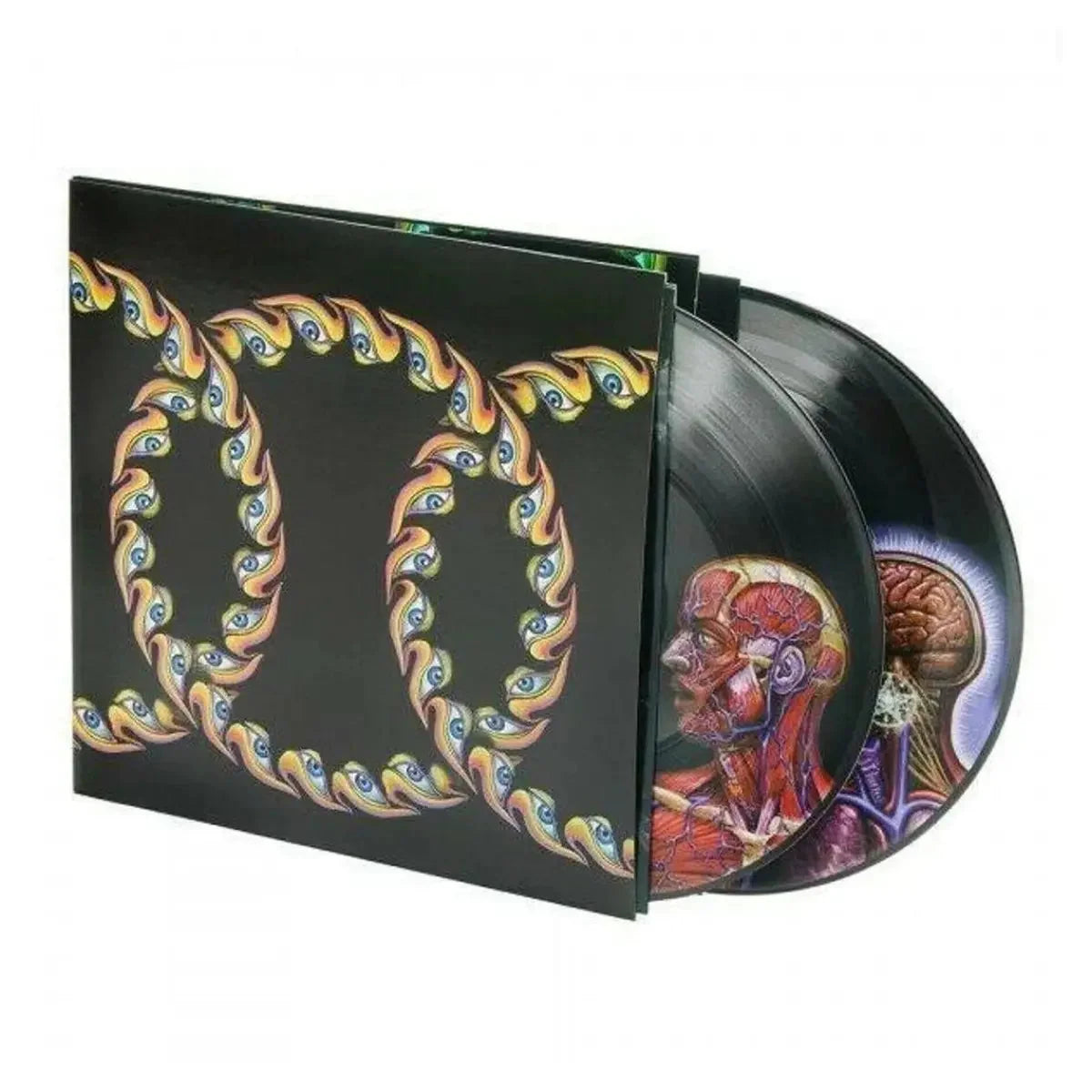
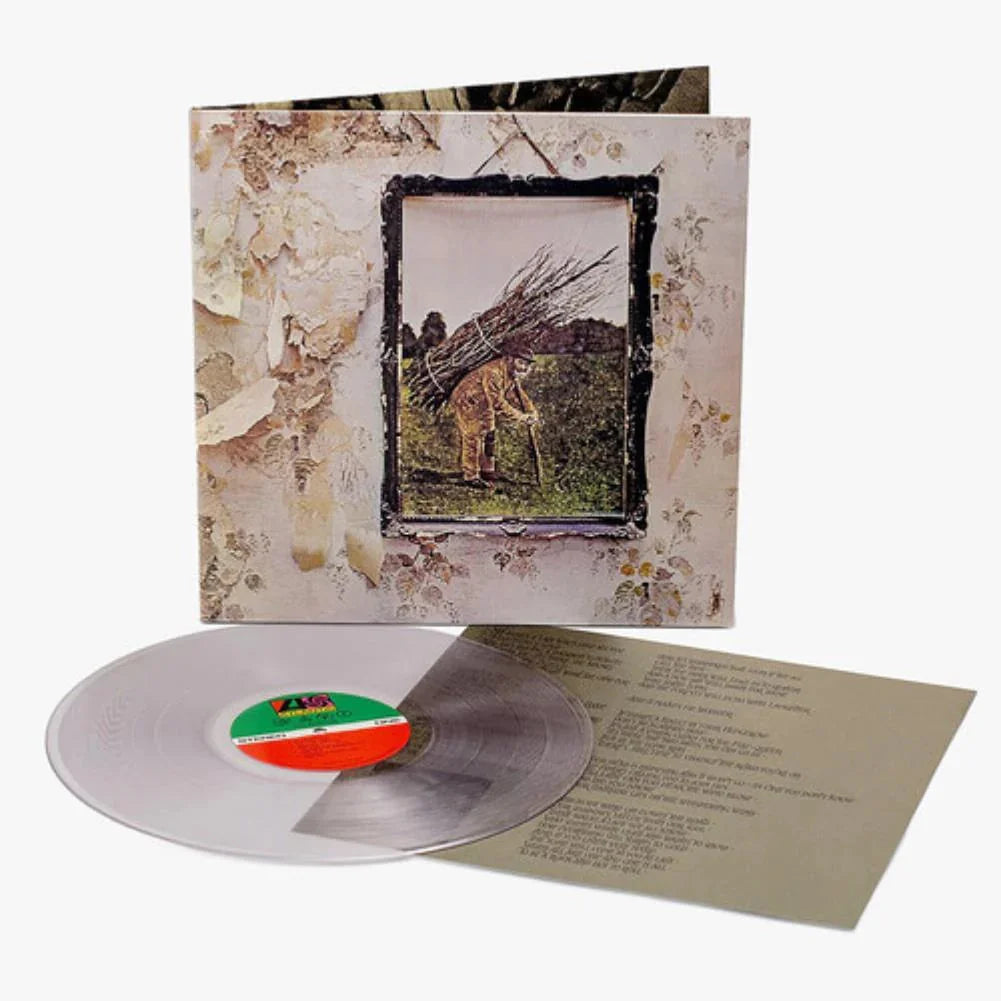
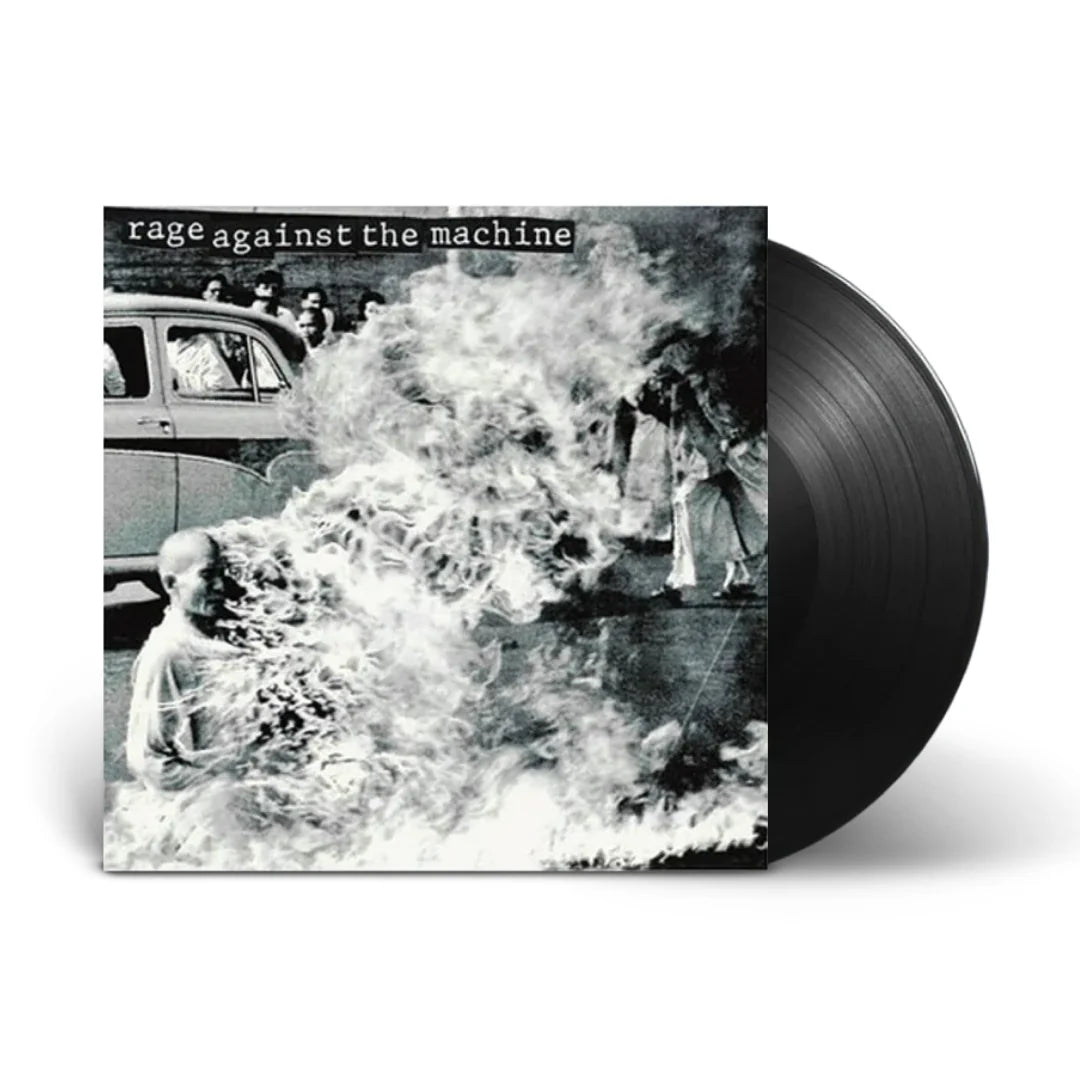
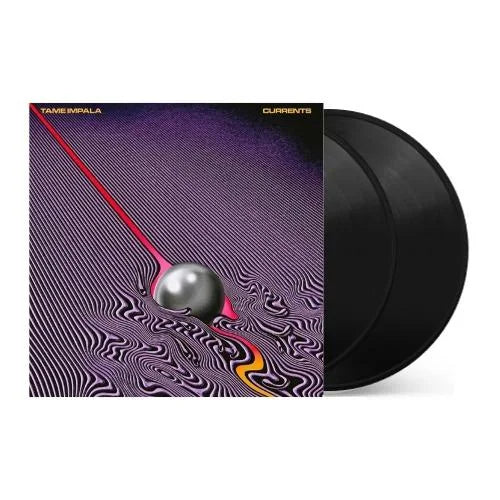
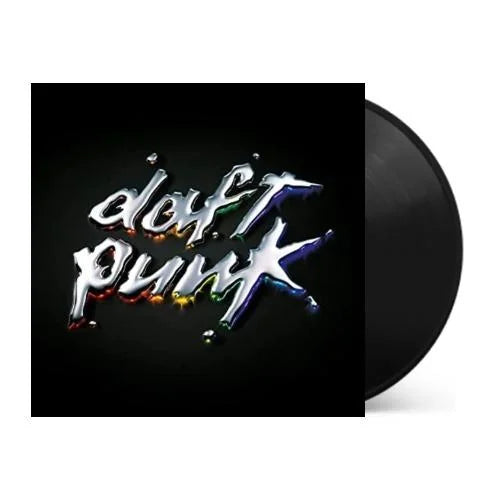
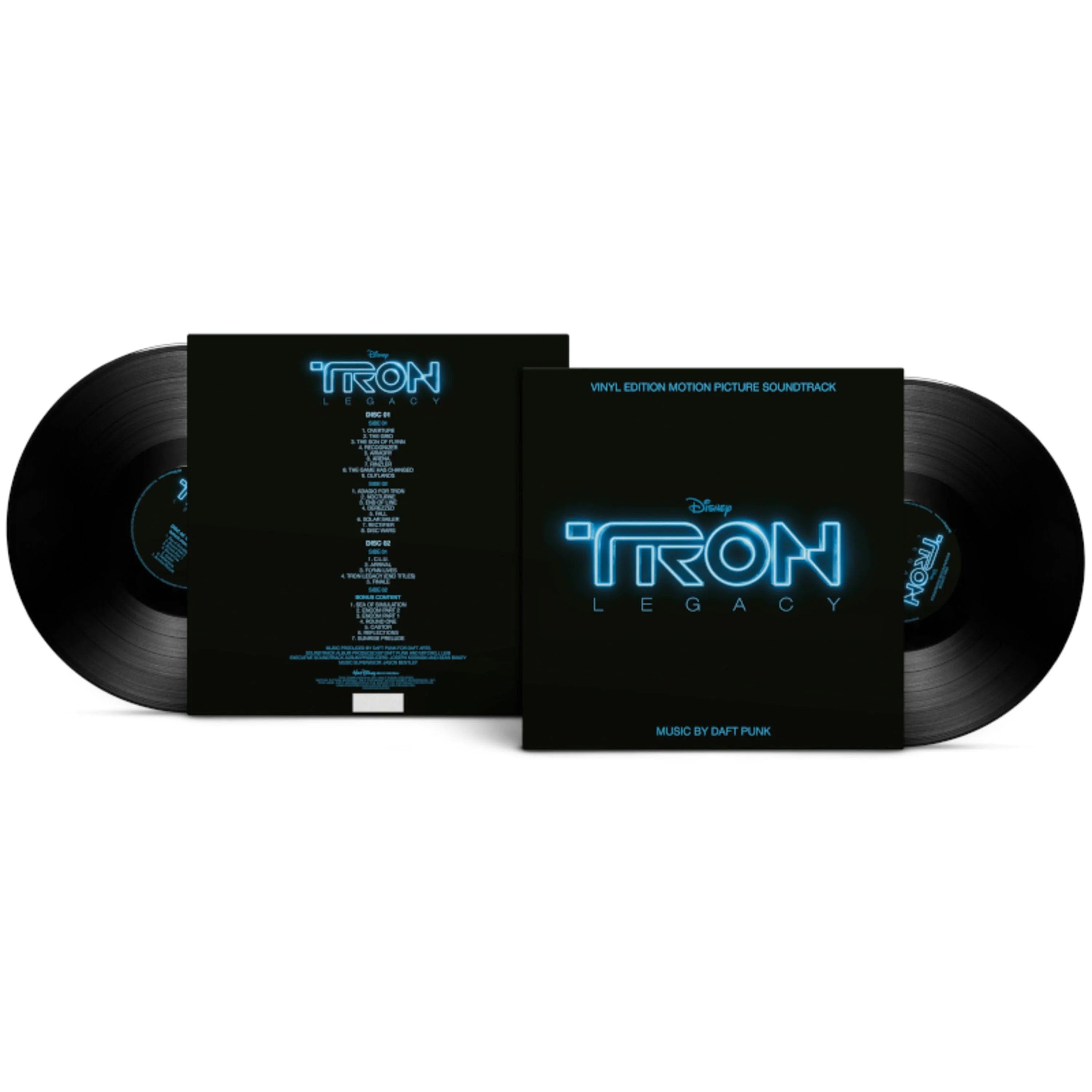

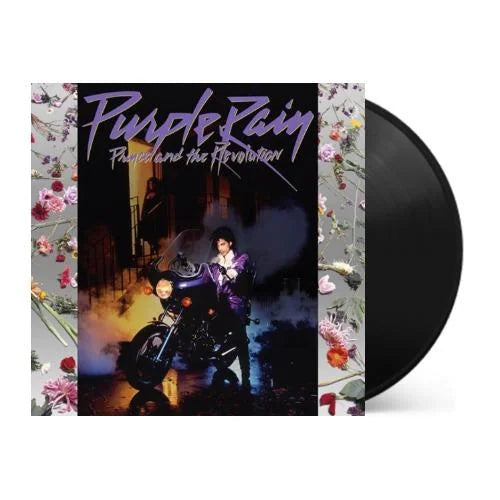
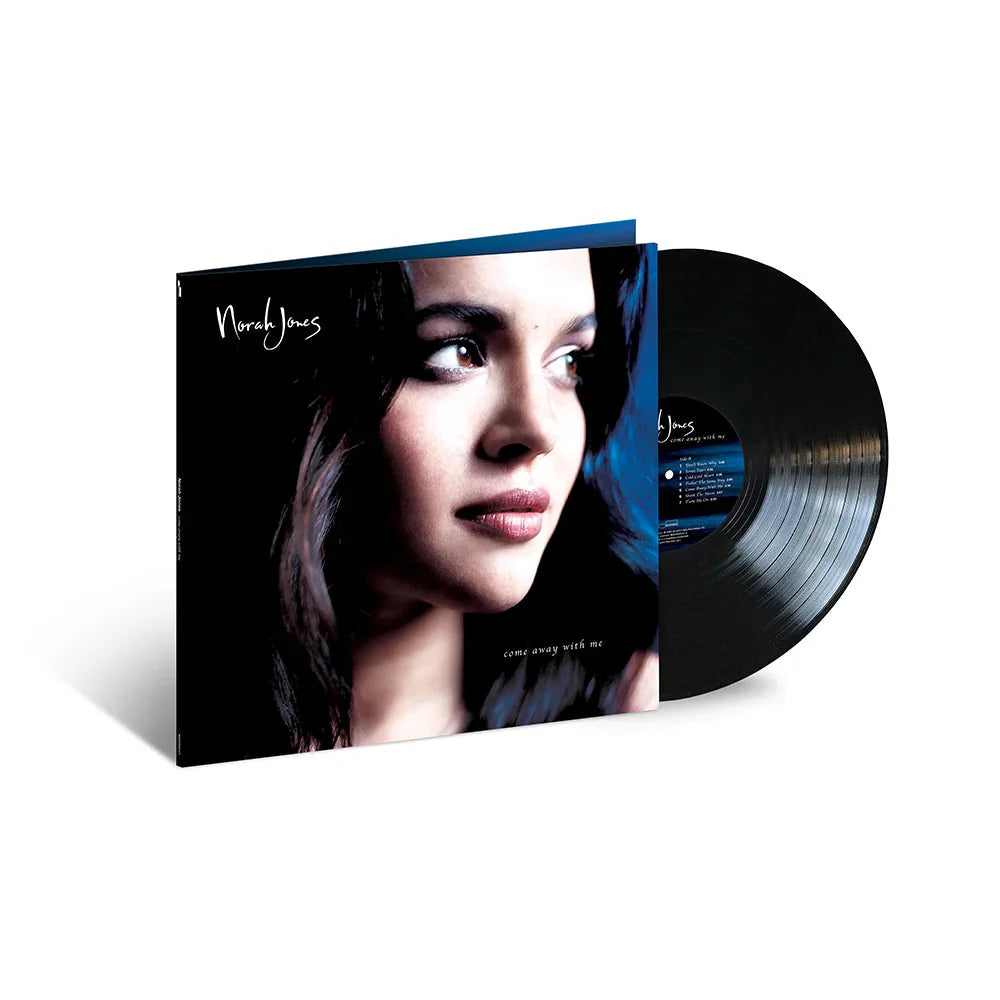
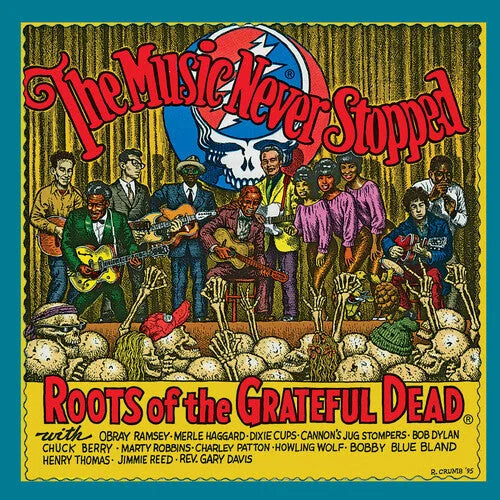

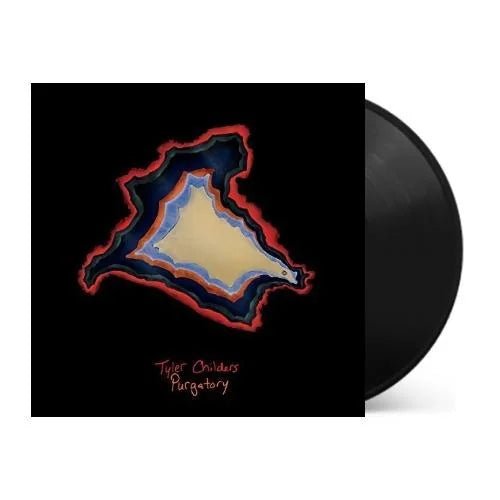
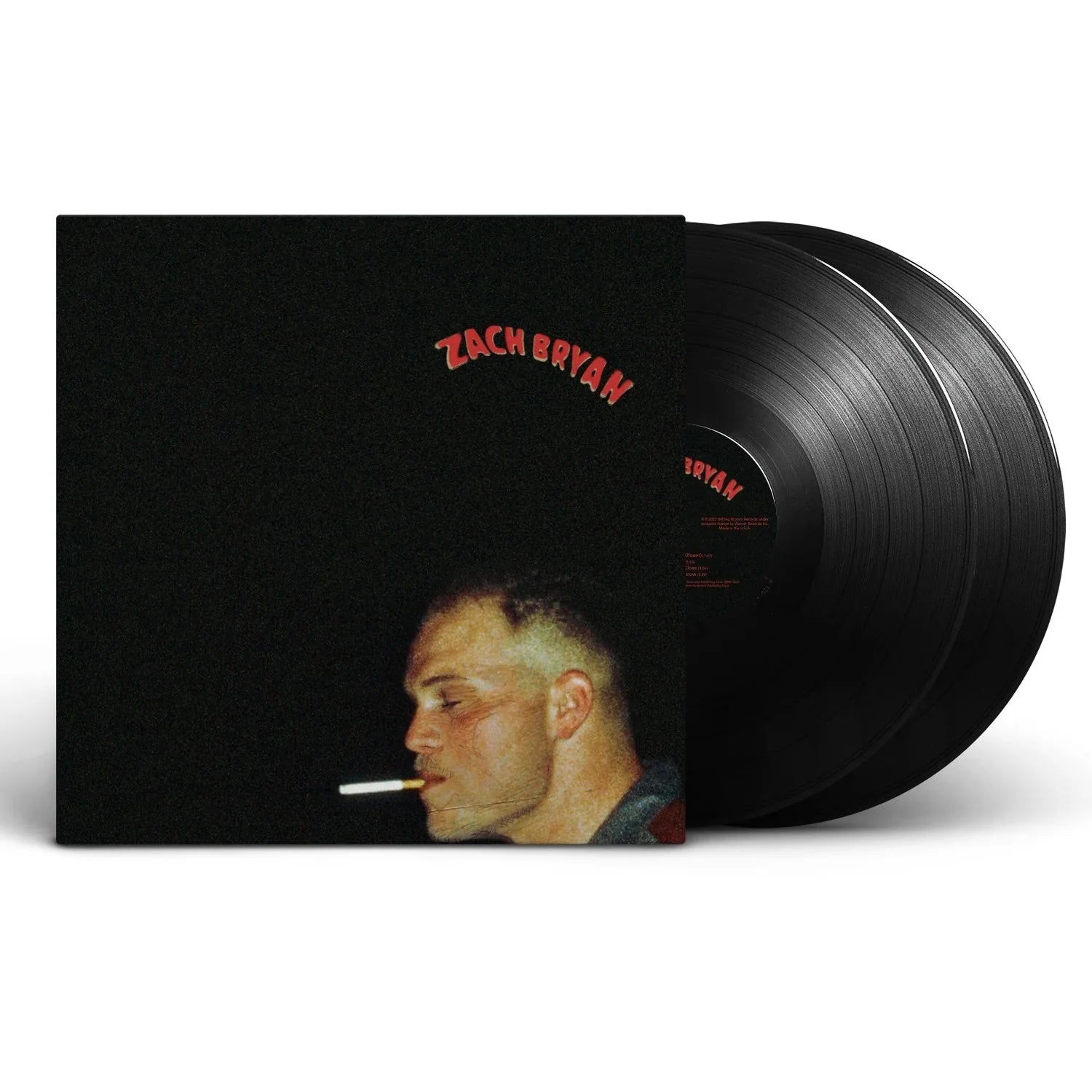

![Debbie Harry - KooKoo [2LP Clear]](http://vinyl.com/cdn/shop/files/4025259-2960387.jpg?v=1682465873&width=5760)

![Miles Davis - Kind of Blue [180-gram]](http://vinyl.com/cdn/shop/files/Y4LPMD03.webp?v=1742198237&width=5760)
![Various Artists - Once Upon A Time: The Tarantino Sound [Red 180-Gram]](http://vinyl.com/cdn/shop/files/4376720-3283530.jpg?v=1733870948&width=5760)

